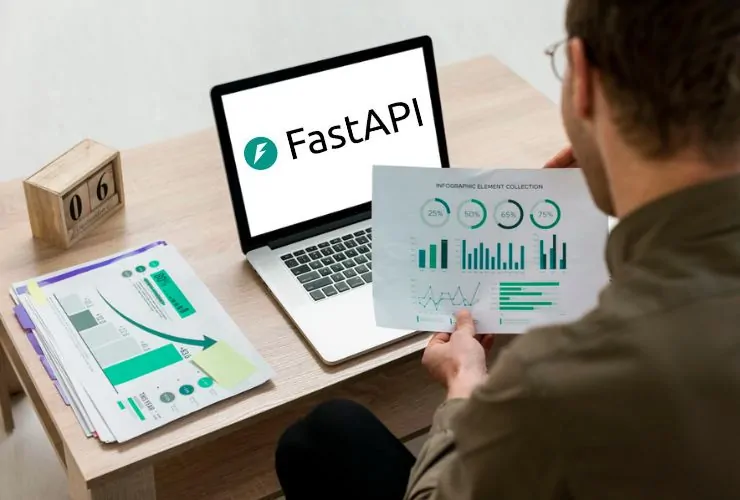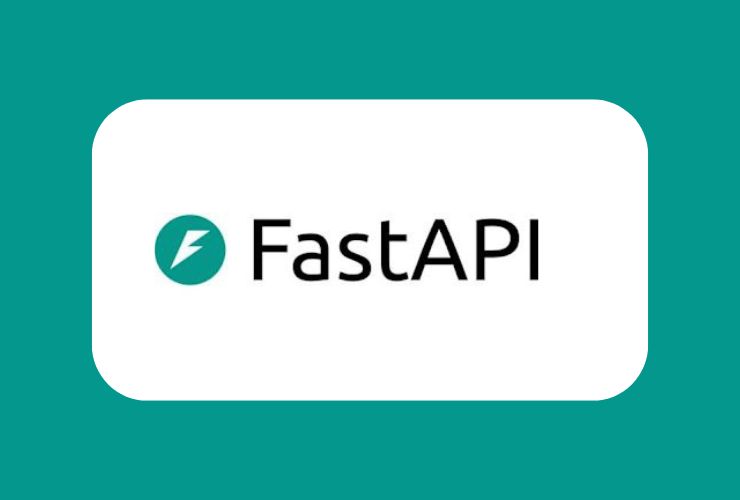FastAPI is quickly becoming one of the fastest and most efficient Python frameworks for building APIs as it features support for asynchronous programming with automatic validation and interactive documentation. FastAPI has great raw speed right out of the box, but to achieve true high-speed applications, it’s important to follow best practices in order to optimize for performance, scale and reliability. This article will detail important practices in order to provide performance in demanding conditions.
1. Adopt Asynchronous Programming
Using FastAPI’s built-in support for async programming allows your API to handle multiple requests at one time without blocking. By creating endpoints using Python’s async/await interface we can create applications that perform well under high traffic scenarios, have lower response times and better throughput. Async programming is especially helpful for various I/O-bound work, such as retrieving data from the network or making database calls, or making calls to external APIs and services.
2. Use Efficient Database Access
Most of the time, the primary cause of API slowness comes from the database. Using async libraries and ORMs together with connection pooling will allow your queries to be performed quickly without slowing down the rest of the application. In addition to these changes, queries should be structured to load as little data as possible, and key fields should be indexed. Finally, work is done up front to optimize the database schema will allow the API to respond quicker.
3. Using Caching Techniques
Caching is a method to improve performance. Data frequently fetched, computed values, or external API results can be cached using fast cache solutions like Redis or Memcached. This can reduce the number of times we need to execute some heavy computations, reduces database load, and returns the result to the end user faster. Cache should be invalidated as appropriate, and evicted selectively to ensure data is as accurate as possible while optimizing performance.
4. Data Processes Should Be Made Efficient
FastAPI makes use of Pydantic models to provide simple validation and serialization of data. This remains appropriate from the standpoint of keeping data from being corrupted or unsafe, but too much validation or nested validations can become a bottleneck to high-speed endpoints. Refining data models, validating only when necessary and refactoring as appropriate to not go too deeply nested can improve response times.
5. Offload Processes In Background Tasks
Tasks that do not require a fast response, such as sending an email, generates a report or some other task requires processing a large amount of data, should be pushed to the background for processing. You could leverage FastAPI’s built in background task features or better yet use queued task backends.Using queued task or background task processing allows the asynchronous processing of heavy data workloads while keeping the API endpoints responsive as appropriate.
6. Middleware and Dependency Optimization
Middleware and dependency injection are key features of FastAPI, but you can slow down request processing with too much. Limit middleware usage to necessary responsibility, such as logging, security, or authentication functions, to avoid performance issues. You also want to focus on lightweight dependencies and efficient management of them, when appropriate. If you are working toward a modular design of your application, keep it clean and quick.
7. High-Performance Server Deployment
The quality of the deployment server is a key consideration in providing great performance to end-users in a FastAPI application. You want to use a production-ready ASGI server like Uvicorn or a Hypercorn ASGI server so that requests are handled quickly. Reverse proxies like NGINX (or a load balancer) put off-load of incoming traffic to the backend ASGI server for improved performance and scalability. Lastly, if you consider packaging your FastAPI application with Docker and orchestration with Kubernetes, you will have an even better flexible and reliable performance capability in deployment.
8. Constant Monitoring and Profiling
Constant monitoring and profiling for your FastAPI application will help keep it in performance using time. Tools like Prometheus, Grafana, and/or New Relic, will help measure response time, resource usage and endpoint throughput of the application. Using a profiler will help develop discover potential bottlenecks, slow queries, or slow endpoints, so that you can proactively optimize if critical paths.
9. Scalable Architecture and Microservices
FastAPI framework is also a great foundation for building a microservice architecture. By decomposing your application in smaller independent services, each service composition can scale based on the demand. Scaling by service limits the risk and resource failure on all services. A good microservice strategy can drive enterprise-level scalable sustainable operational architecture.
10. Enhance Security Without Compromising on Performance
Although security is very important, it can degrade performance if not done effectively. FastAPI’s built-in support for OAuth2, JWT authentication, and role-based access control and other libraries such as Authlib. By using lightweight and efficient code for security, you can assure a secure API while not sacrificing sensitive data to your performance.
Conclusion
Optimizing FastAPI’s performance requires a narrow, holistic approach to performance optimization by developing the best integrations of asynchronous programming, efficient database access pattern implementation, caching strategies, smart middleware, and agile deployment practices. By developing along these principles, developers can build fast and reliable FastAPI applications, with an emphasis on security, scalability, and performance for modern web and enterprise applications.










